Uncategorized
KENYA’S MOBILE PENETRATION HITS 80 PER CENT

By Editor
Exponential growth confirms Kenya’s standing as among the most dynamic ICT markets in Africa
Tech News
Loylogic Shares 2026 Vision to Advance the Global Rewards Marketplace

Advanced AI innovation, intelligent marketplace design, and trusted global infrastructure position Loylogic for continued leadership in rewards and loyalty commerce.
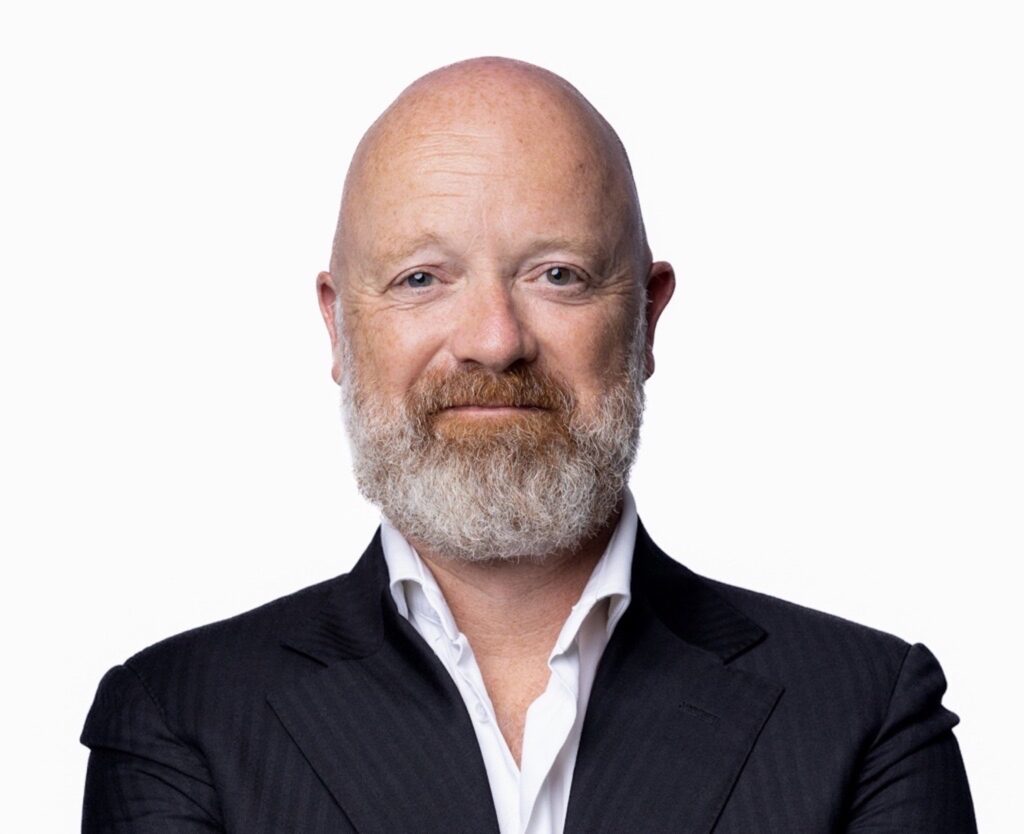
As the Middle East loyalty market is projected to reach $3.27 billion in 2025, expanding 16.3% year-on-year, and digital-first, personalized, and coalition-based models reshape the industry, brands face rising expectations around relevance and engagement. Against this evolving landscape, Loylogic, a leader in global loyalty rewards management, today shared its 2026 strategic outlook, outlining how the company is evolving its global rewards marketplace to support brands navigating rapidly changing loyalty expectations.
The company enters the year with a renewed focus on continued investment in AI-powered rewards marketplace intelligence, enhanced catalogue curation, and deeper integration capabilities designed to improve reward relevance, partner value, and member experience across industries and geographies. Rather than simply expanding choice, Loylogic’s approach centres on intelligent rewards marketplace design, aligning consumer relevance, operational efficiency, and long-term value creation within a single global platform.
To support enterprise scale deployment, Loylogic continues to operate under a robust compliance and security, compliance and governance framework. The company adheres to internationally recognised standards ISO 27001, GDPR, PCI DSS, and AES-256 encryption, ensuring secure and trusted data handling across every layer of its technology while maintaining alignment with the European Accessibility Act 2025 and WCAG 2.0. All platforms remain adaptable to regional data residency and regulatory requirements.
“As loyalty programs mature, brands are looking beyond scale alone,” said Gabi Kool, CEO of Loylogic. “They want reward ecosystems that are smarter, more relevant, and commercially sound. Our focus for 2026 is about advancing how global rewards marketplaces are designed, governed, and experienced, combining intelligence, trust, and flexibility.”
Advanced AI innovation is central to Loylogic’s next phase of growth. Loylogic continues to enhance its use of advanced analytics and machine learning to support smarter reward discovery, improved marketplace performance, and deeper insights for loyalty operators, while maintaining strict standards for privacy, security, and compliance.
“Our innovation efforts are focused on making rewards marketplaces more intelligent and adaptive,” said Amit Bendre, COO of Loylogic. “This means better insight, better decision support, and better experiences, without compromising on trust, transparency, or regulatory rigor.”
Looking ahead to 2026, Loylogic plans to deepen collaboration with global partners, engage more actively with industry stakeholders, and selectively strengthen capabilities across commercial, product, and technology functions, supporting a growing pipeline of enterprise clients across financial services, travel, and consumer sectors. With a proven global infrastructure, deep marketplace expertise, and a clear strategic direction, Loylogic continues to help leading brands transform everyday engagement into meaningful, long-term loyalty.
About Loylogic
Loylogic is a leader in global rewards marketplaces for loyalty and incentives management, enabling brands to deliver scalable, flexible engagement experiences through a modern commerce platform. Its global catalog and redemption marketplace support meaningful engagement across B2C, B2E, and B2B programs worldwide. With deep expertise in sourcing, fulfilment, and patented points-plus-cash innovation, Loylogic has enabled over 200 billion points and miles transactions, delivered more than $1 billion in commerce, and shipped experiences spanning 100+ categories across 190 countries to more than 10 million loyalty members worldwide.
Financial
The StashAway Story and the Future of Digital Investing
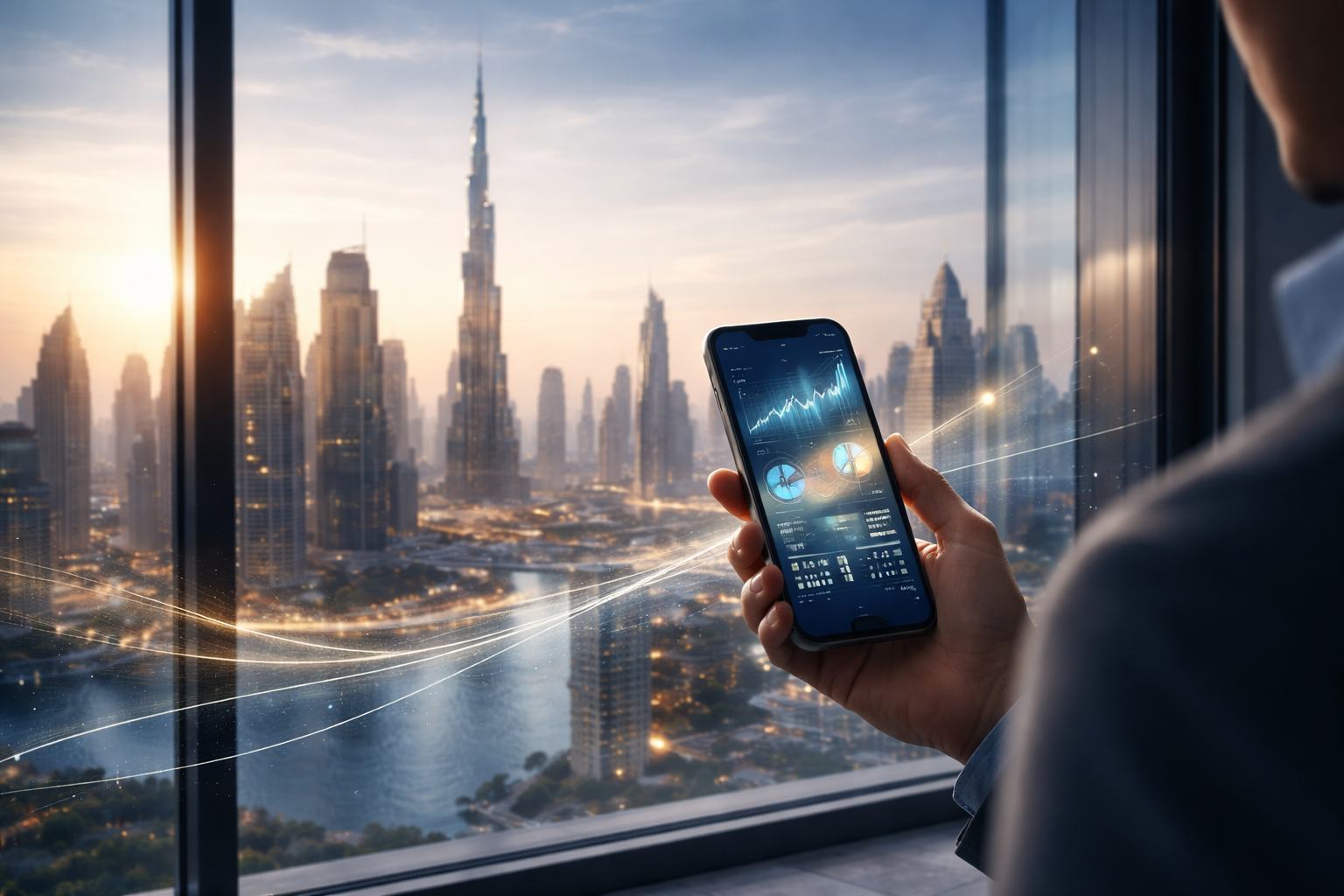
By Srijith KN, Senior Editor
Financial Integrator
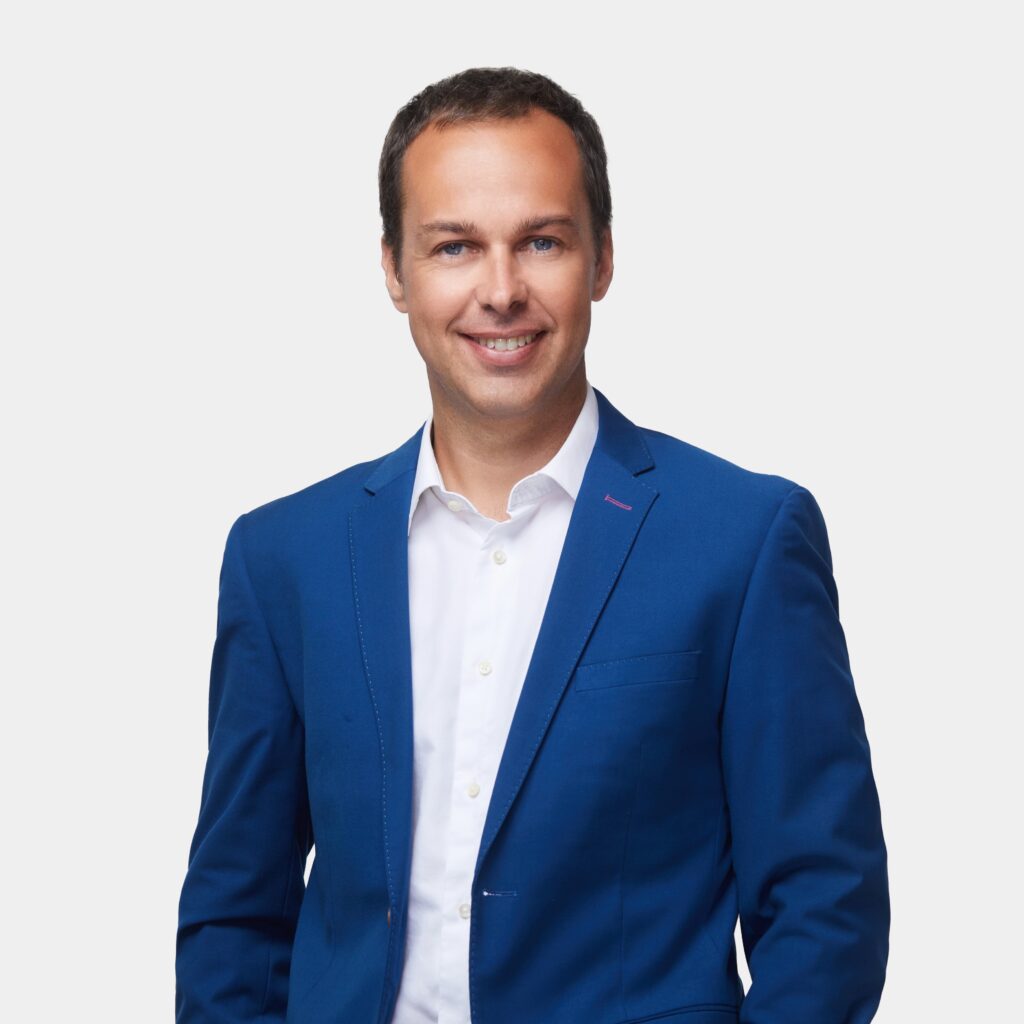
StashAway’s journey began when Co-founder and CEO Michele Ferrario found himself frustrated and dissatisfied with the investment landscape marked by y high fees and a lack of transparency. By age 35, his corporate career had provided him with substantial savings — yet when he approached his banks to invest in a portfolio of ETFs, he was sold expensive products that didn’t fit his needs.
This frustration inspired him to create a platform that would simplify investing while providing access to sophisticated financial products. In July 2016, he, along with the other two co-founders, came together, and by July 2017, after navigating regulatory requirements, StashAway was launched in Singapore.
“Stash,” as the word suggests—meaning to store something safely for future use—perfectly reflected what he wanted to achieve for himself. Over the past nine years, that personal need has grown into a company of more than 200 professionals, operating across five regions through a single, centralized technology platform.
Today, StashAway stands out as a pioneer in digital wealth management. The company leverages technology and deep investment expertise to offer accessible, low-cost alternatives to traditional wealth management, with a particular focus on private markets. Its approach has resonated with clients and positions the firm to benefit from regional economic growth and an increasingly digitally savvy population.
In the UAE, StashAway operates from the DIFC and has extended its presence to Malaysia, Thailand, and Hong Kong, with a chief investment officer based in Hong Kong overseeing investment strategies.
Democratizing Access to Investments
The company’s core strategy revolves around democratizing access to sophisticated investments. Private markets, which historically deliver higher returns at lower volatility, are central to this approach. By making private market products for a fraction of traditional minimums, StashAway removes the barriers that have long prevented high-net-worth individuals from participating in this fast-growing asset class. The platform also emphasizes transparency, with fees typically 50–75% lower than competitors, avoiding the hidden charges common in conventional wealth management products.
In public markets, StashAway offers an ETF-based, globally diversified portfolio called General Investing. The General Investing portfolio uses a proprietary investment strategy called ERAA (Economic Regime Asset Allocation). They have recently launched Sharia Global Portfolios, offering the same approach in a Sharia-compliant format. These Flexible Portfolios allow customers full control to create their own allocations using ETFs—either by using an existing template or building a portfolio entirely from scratch.
Capitalizing on the UAE Market
The UAE market presents a unique opportunity for StashAway. The region is home to a digitally engaged population with significant underinvested wealth. While 81% of financial wealth in the UAE is investable, nearly half remains in cash, losing value to inflation. StashAway’s platform appeals to a diverse range of clients, from seasoned executives to younger retail investors, aligning perfectly with regional growth initiatives like Dubai 2033, which targets strong GDP growth and population expansion.
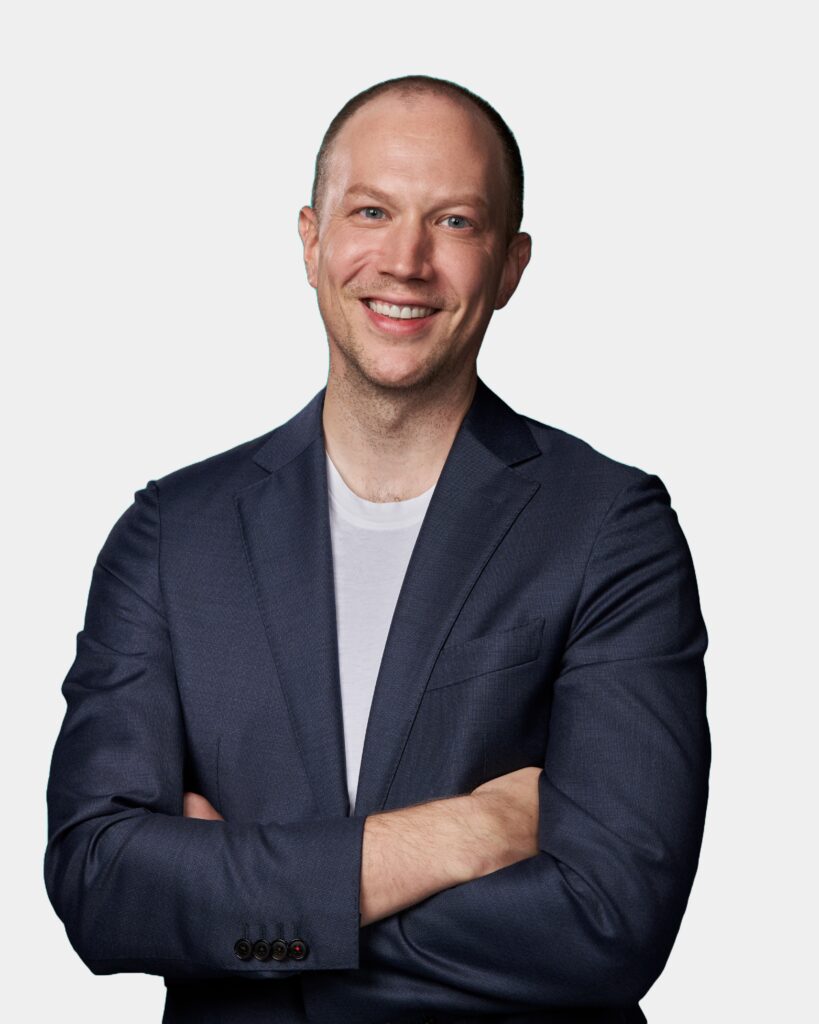
A Comprehensive, Client-Focused Approach
What sets StashAway apart is its comprehensive, client-focused approach. Its offerings include globally diversified portfolios, flexible build-your-own options, Sharia-compliant solutions, thematic strategies, and access to private equity, infrastructure, and private credit for accredited investors. The platform’s investment philosophy is long-term, balancing risk and reward according to individual goals, while its high service standards ensure responsive client engagement. And thus far I have been having a frictionless digital experience and went through a quick onboarding process. Client acquisition is primarily driven online, with dedicated advisors for high-net-worth clients under StashAway Reserve. Other users can engage through the app and are supported by StashAway’s responsive client experience team through email, phone call, or WhatsApp.
Shaping the Future of Digital Investing
As the UAE continues to attract global wealth, its wealth management landscape is becoming increasingly digital, with affluent investors seeking alternative investment opportunities. In an industry often criticized for opacity and complexity, StashAway is redefining investing by making it more transparent, accessible, and tailored to the modern investor. By combining advanced technology, strategic insight, and personalized solutions, the company is not just managing wealth—it is shaping the future of digital investing in the UAE and across the region.
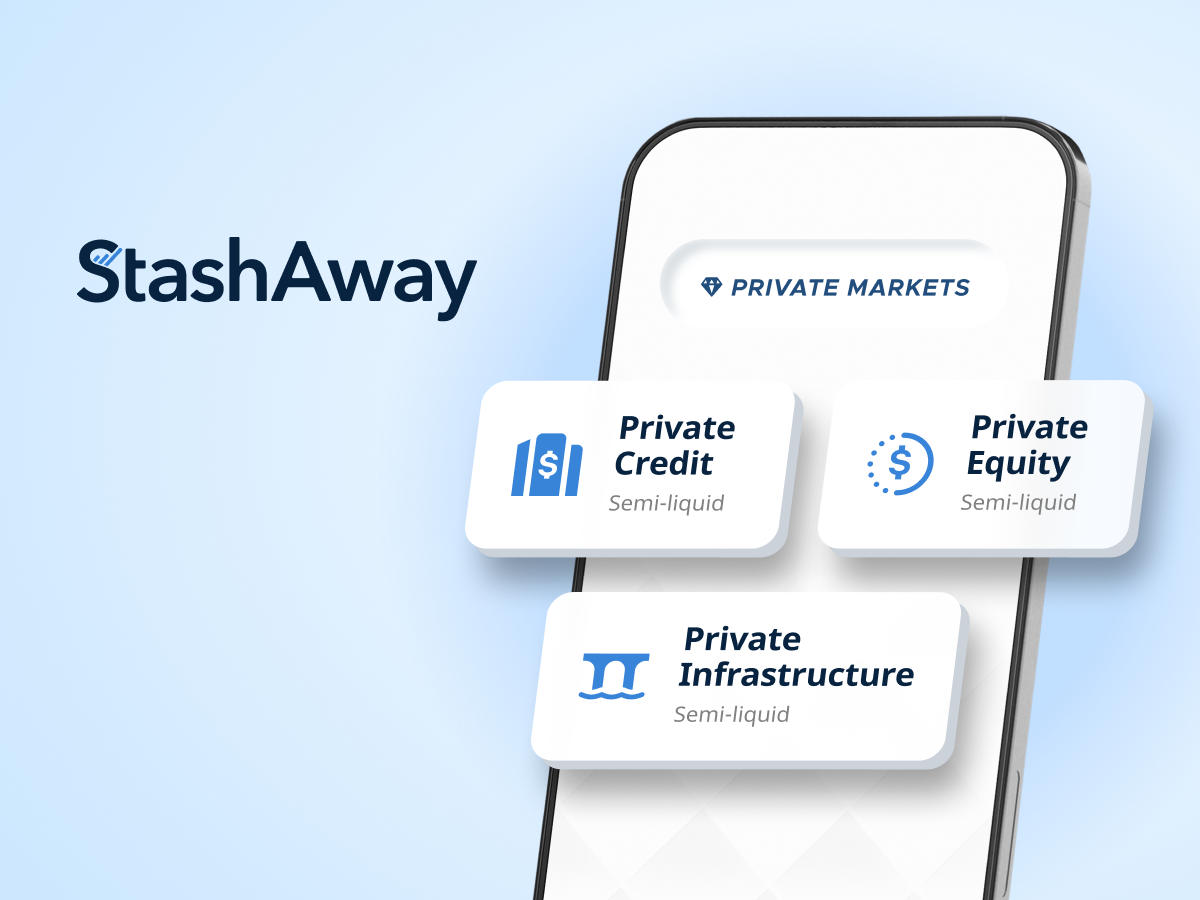
_________________________________________________________
The Brief:
StashAway is a digital investment platform that was launched in 2017 to empower people to build and protect wealth in the long term. Offering simple, intelligent, and cost-effective investment and cash management solutions, StashAway has led the way in transforming the way people invest and grow wealth. Today, StashAway operates in five markets, Singapore, Malaysia, Hong Kong, the UAE, and Thailand, with billions of dollars in assets under management. The company was recognised by The World Economic Forum as a Technology Pioneer in 2020 and ranked among CNBC’s World’s Top Fintech Companies in 2023, 2024, and 2025.
Uncategorized
What Makes HUAWEI FreeClip 2 the Best Open-Ear Earbuds Yet?
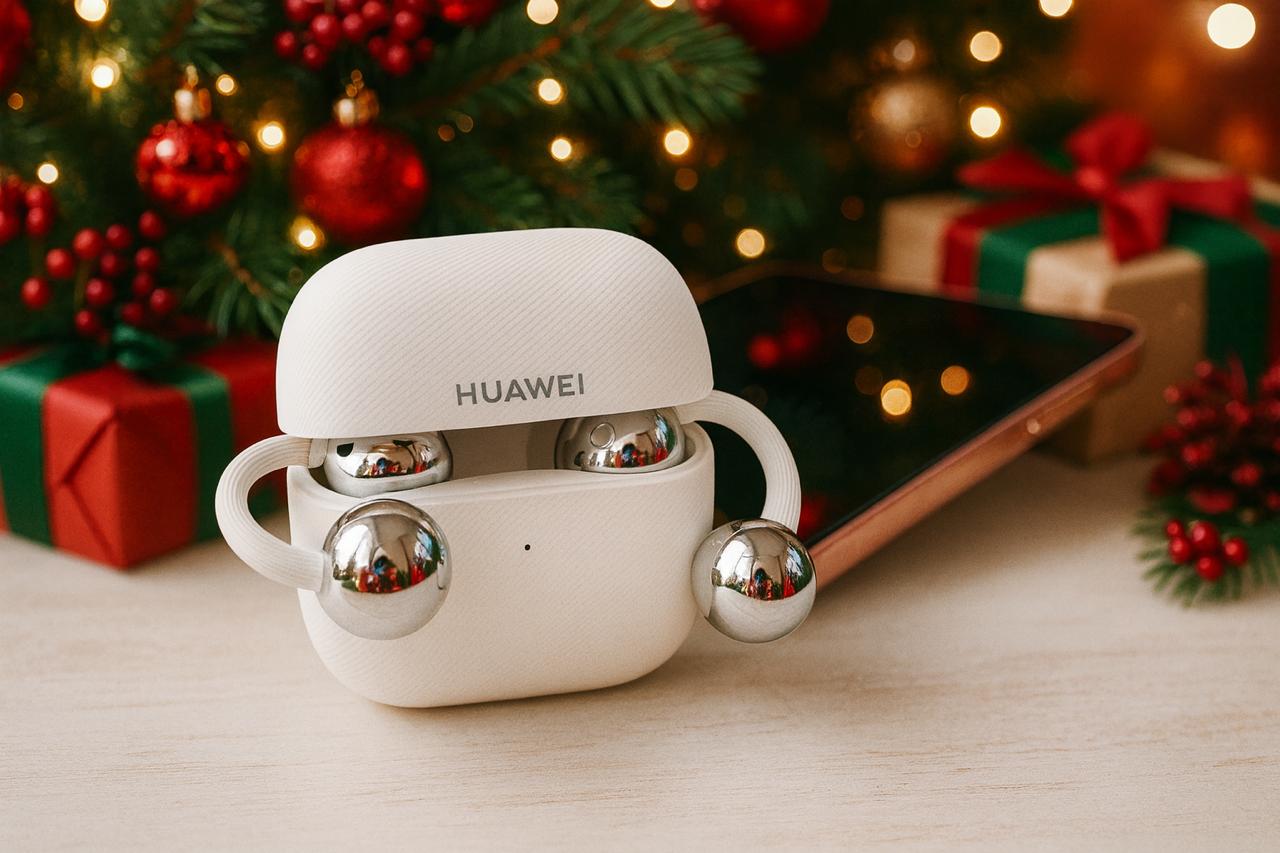
It has been two years since the debut of the original HUAWEI FreeClip, Huawei’s first-ever open earbuds that took the market by storm. Its massive popularity proved that the world was ready for a new kind of listening experience. The new HUAWEI FreeClip 2 tackles the hard challenges of open-ear acoustics physics head-on, combining a powerful dual-diaphragm driver with computational audio. It delivers depth and clarity, which was once thought impossible with an open-ear design. Solving the acoustic limitations of open-ear audio alone would have been sufficient to make the HUAWEI FreeClip 2 our pick for best open-ear audio.
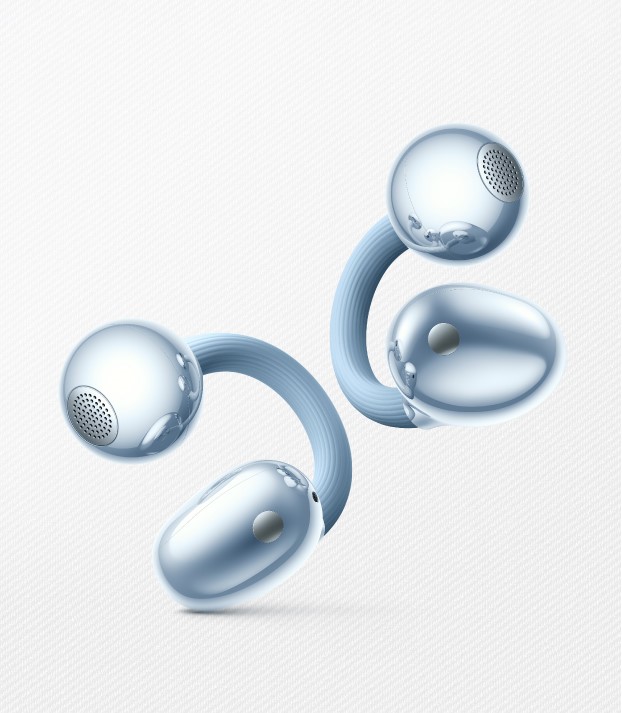
But it is way more than that!
Comfortable C-Bridge design
The HUAWEI FreeClip 2 earbuds weigh only 5.1 g per bud, a 9% reduction from the previous generation. This lightweight architecture ensures an effortless experience, perfect for long calls, workouts, and commutes, allowing you to wear them all day without fatigue. The comfort bean is 11% smaller than the previous model, yet the design provides a secure fit that prevents the earbuds from falling out, even during intense activity.
Constructed from a new skin-friendly liquid silicone and a shape-memory alloy, the C-bridge is 25% softer and significantly more flexible than its predecessor. Finished with a fine, textured surface, it ensures a comfortable, irritation-free wearing even after extended use.
Adaptive open-ear listening
The acoustic system has been significantly upgraded, featuring a dual-diaphragm driver and a multi-mic call noise cancellation system. This setup not only delivers powerful sound but also maximises space efficiency. That’s why, despite their small size, these earbuds can deliver substantial acoustic performance.
The Open-fit design of the earbuds demands high computing power to maintain sound quality and call clarity. The HUAWEI FreeClip 2 offers ten times the processing power of the previous generation, serving as Huawei’s first earbuds to feature an NPU AI processor for a truly adaptive experience. The new dual-diaphragm driver includes a single dynamic driver with two diaphragms, effectively doubling the sound output within a compact space to provide a significant boost in volume and bass response.

Furthermore, the earbuds dynamically detect surrounding noise and adjust volume and voice levels in real-time. If the environment is too noisy, the system uses adaptive voice enhancement to specifically boost human frequencies, ensuring you never miss a word of a podcast or audiobook. When you return to a quiet environment, the earbuds automatically settle back to a comfortable volume level.
Crystal clear calls
To ensure call quality in chaotic environments, the HUAWEI FreeClip 2 utilises a three-mic system combined with multi-channel DNN (Deep Neural Network) noise cancellation algorithms. This system intelligently identifies and filters out ambient noise. Thanks to the NPU AI processor, the earbuds automatically enhance voice clarity, ensuring your conversations remain crisp regardless of your surroundings.
Battery life and charging
With the charging case, the HUAWEI FreeClip 2 offers a total battery life of 38 hours, allowing users to enjoy music throughout a full week of commuting on a single charge. On their own, the earbuds last for 9 hours—enough for a full workday of uninterrupted calls. For those in a rush, just 10 minutes of fast charging in the case provides up to 3 hours of playback. For added convenience, they support wireless charging and are compatible with watch chargers.
Rated IP57, the earbuds are resistant to sweat and water. They can easily withstand intense workouts or even a downpour.
Connectivity
The earbuds support dual connections and seamless auto-switching across iOS, Android, and Windows. When connected to EMUI devices, you can even switch audio between more than two devices. Additionally, when connected to a PC, the earbuds allow you to answer an incoming call without disconnecting from or interrupting your conference setup.
It is, quite simply, a pair of earphones reliable enough for the gym, the office, and the commute.

-

 Tech News1 year ago
Tech News1 year agoDenodo Bolsters Executive Team by Hiring Christophe Culine as its Chief Revenue Officer
-

 VAR8 months ago
VAR8 months agoMicrosoft Launches New Surface Copilot+ PCs for Business
-

 Tech Interviews2 years ago
Tech Interviews2 years agoNavigating the Cybersecurity Landscape in Hybrid Work Environments
-

 Tech News5 months ago
Tech News5 months agoNothing Launches flagship Nothing Phone (3) and Headphone (1) in theme with the Iconic Museum of the Future in Dubai
-

 Tech News2 years ago
Tech News2 years agoBrighton College Abu Dhabi and Brighton College Al Ain Donate 954 IT Devices in Support of ‘Donate Your Own Device’ Campaign
-

 VAR1 year ago
VAR1 year agoSamsung Galaxy Z Fold6 vs Google Pixel 9 Pro Fold: Clash Of The Folding Phenoms
-

 Editorial1 year ago
Editorial1 year agoCelebrating UAE National Day: A Legacy of Leadership and Technological Innovation
-

 Cover Story10 months ago
Cover Story10 months agoUnifonic Leading the Future of AI-Driven Customer Engagement













